The Six Levels of Retail Checkout Automation
The way we buy everyday items is evolving as the sophistication of our retail systems advance. Specifically, checkout automation is making the process of buying products and exiting a store ever easier and faster for shoppers. When a technology that impacts an activity as routine as shopping emerges, it can take time for the subtleties to be understood outside of the organizations where it was developed. Just as the Society of Automotive Engineers (SAE) did in defining the levels of driving automation, this summary describes the levels of checkout automation in plain language as they are applied in retail environments. There are six levels of Checkout Automation ranging from 0 (fully manual) to 5 (fully autonomous).
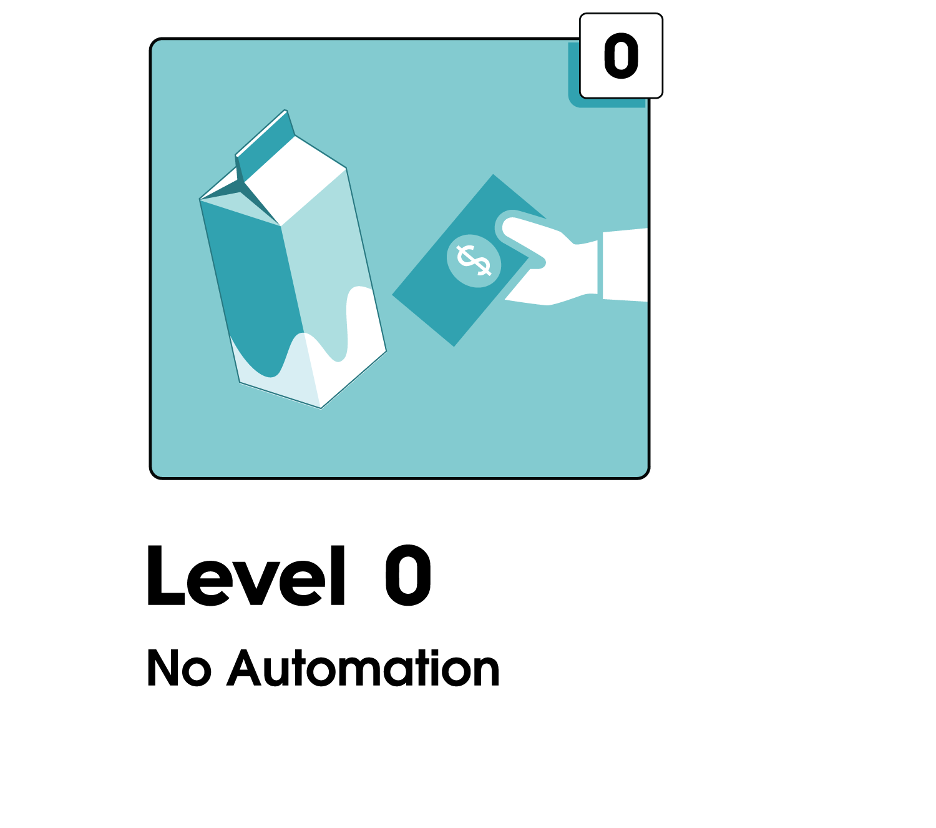
Traditional checkout where shoppers present products to a cashier who recognizes them and tallies the price. Variations include arithmetic aids like calculators and cash registers; and price tags that are handwritten or applied by a pricing gun.
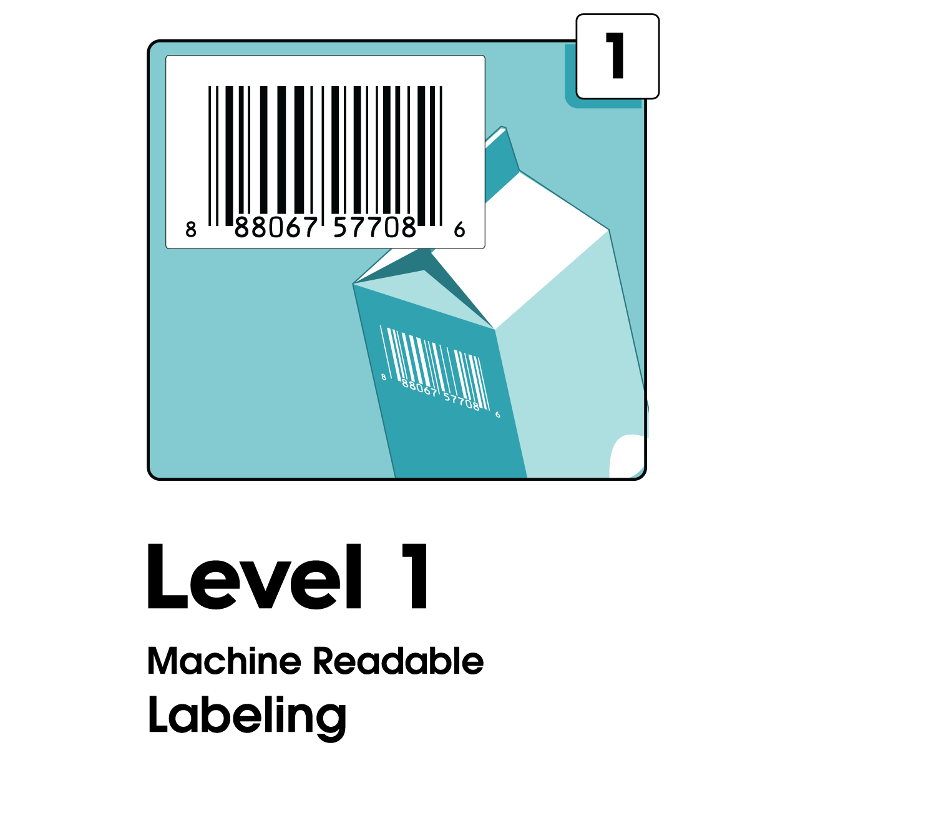
Barcode scanning revolutionized retail grocery by removing the burden to manually key in individual prices for every item. Its introduction greatly reduced cashier time and errors at checkout while simultaneously improving inventory management capabilities.
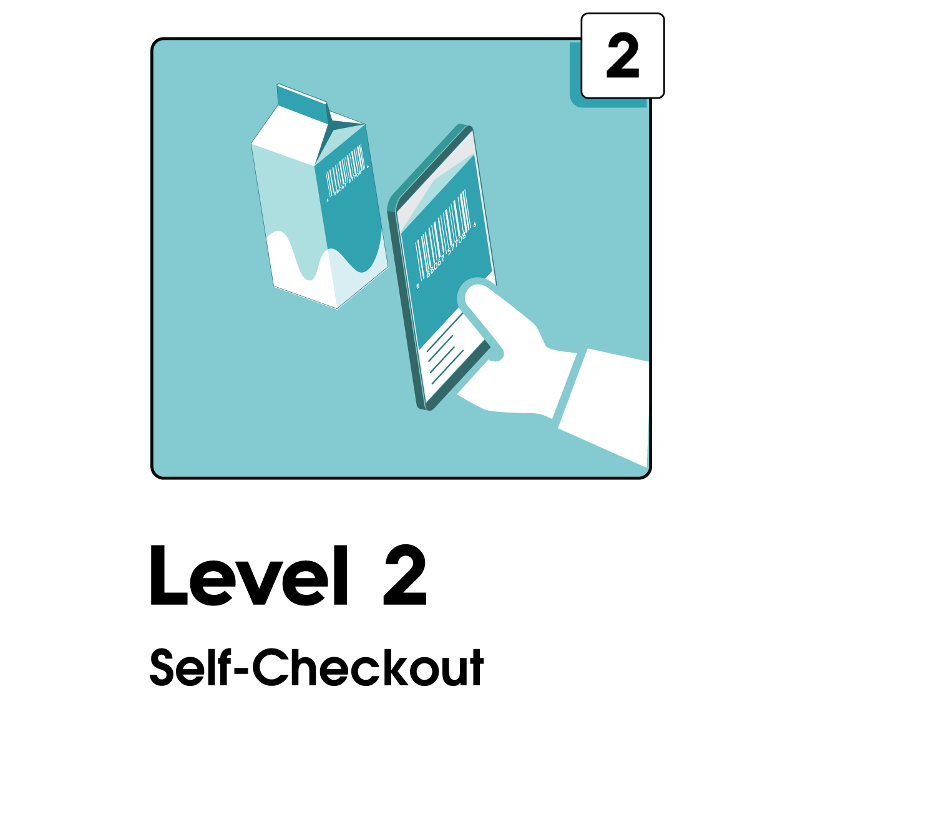
Self-Checkout allows individual shoppers to scan their own products and exit the store, nominally without assistance from cashiers. In practice, these systems have proven difficult for shoppers to use and can exacerbate shoplifting. Variations include both self-checkout kiosks and smartphone-based scan & go systems coupled with various theft mitigation strategies such as integrated scales in the bagging area and security guards.
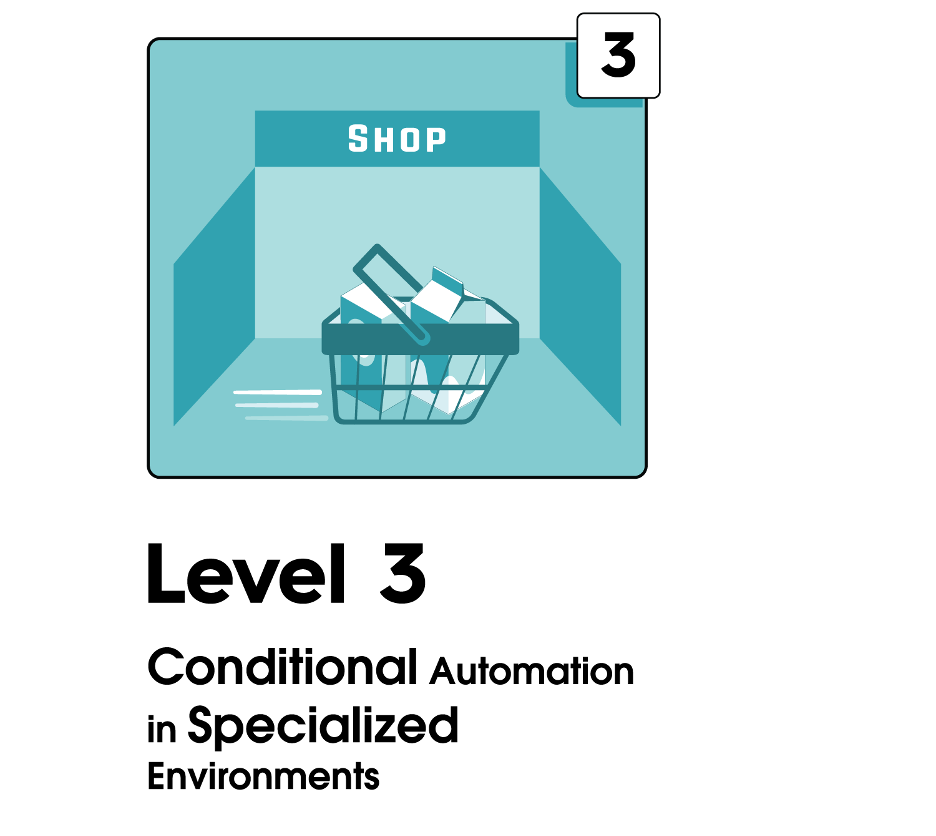
Computer vision supported by sensor fusion is used to identify items as they are taken off the shelf so that barcode scanning and basket totaling is not required at checkout. Systems cover the full store conditioned on a fixed SKU inventory, low density merchandising, or a locked store planogram. They are generally applied to small footprint stores under 10,000 sq. ft.
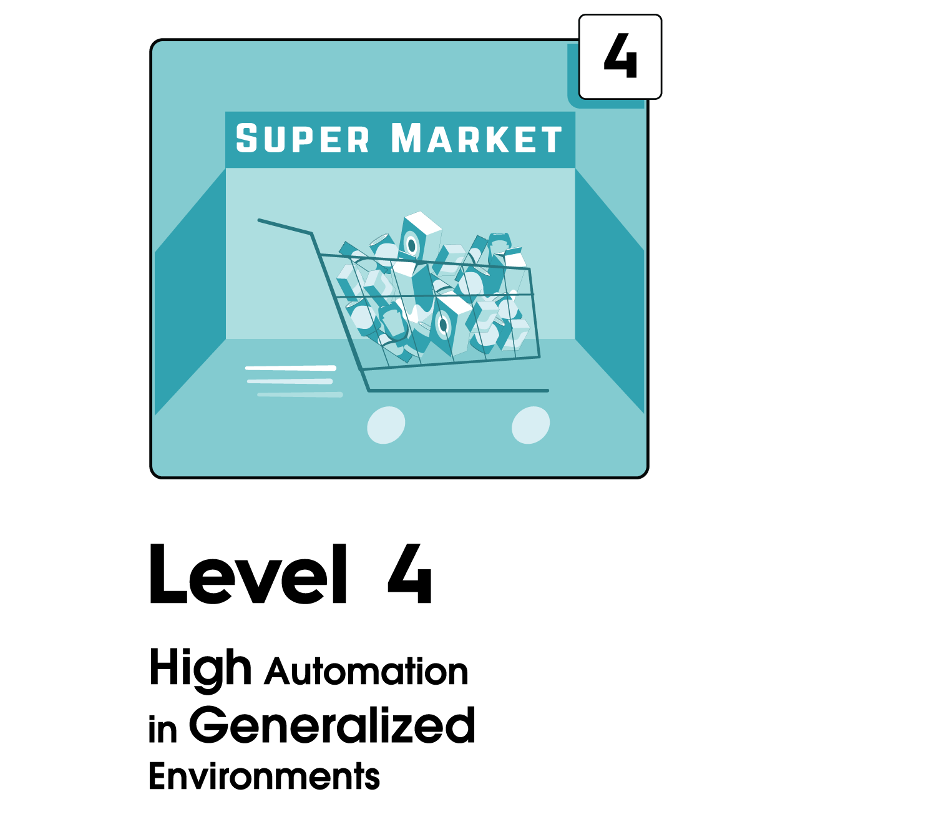
Automated receipt generation supports dynamic merchandising throughout a larger shopping area. The full diversity of SKUs is covered by the system including real time additions of new inventory items and updated product branding applied to existing ones. The store layout is rich and flexible, including high-density and overlapping merchandising options, a free planogram that is adjusted in real time, and the capability to manage incorrectly stocked items.
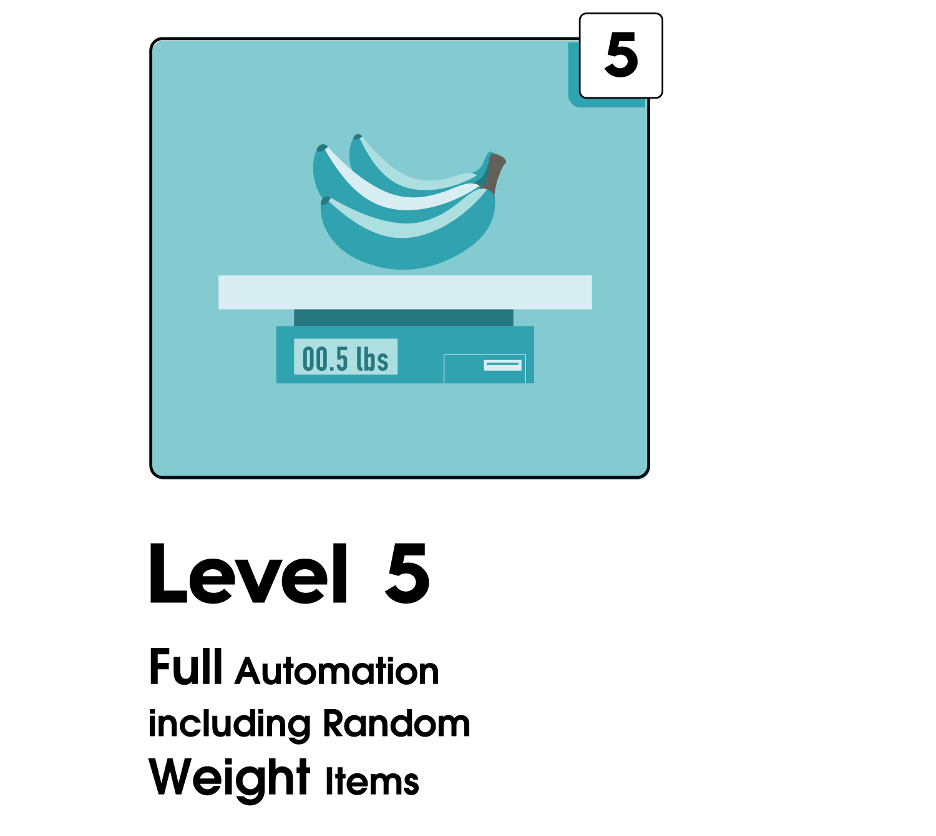
Calculating a price for items such as produce that are sold by weight is a significant obstacle for many computer vision systems. Full Level 5 automation is able to process every item in the store without restrictions.
The foregoing is a delineation of the Levels of Retail Checkout Automation. In order to focus specifically on automation, it excludes secondary system characteristics as cost of installation, cost of operation, system accuracy, system reliability, degree of shopper inclusion, or choice of payment modality. While all are important factors to include in a comprehensive comparison of applications, this ranking pertains strictly to the level of checkout automation offered by systems at various levels.
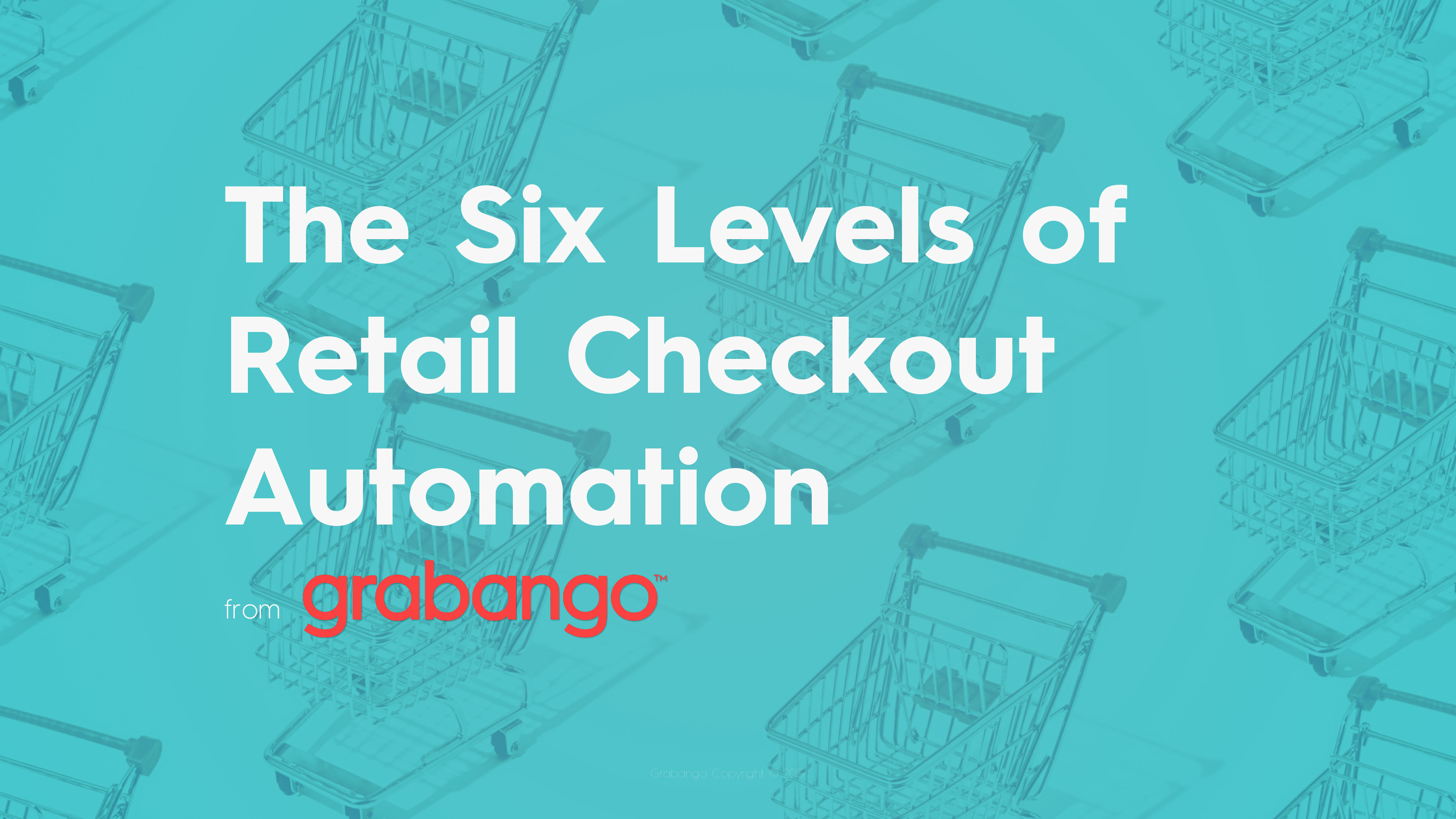
Download The Six Levels of Automation PDF
by filling out the form below.